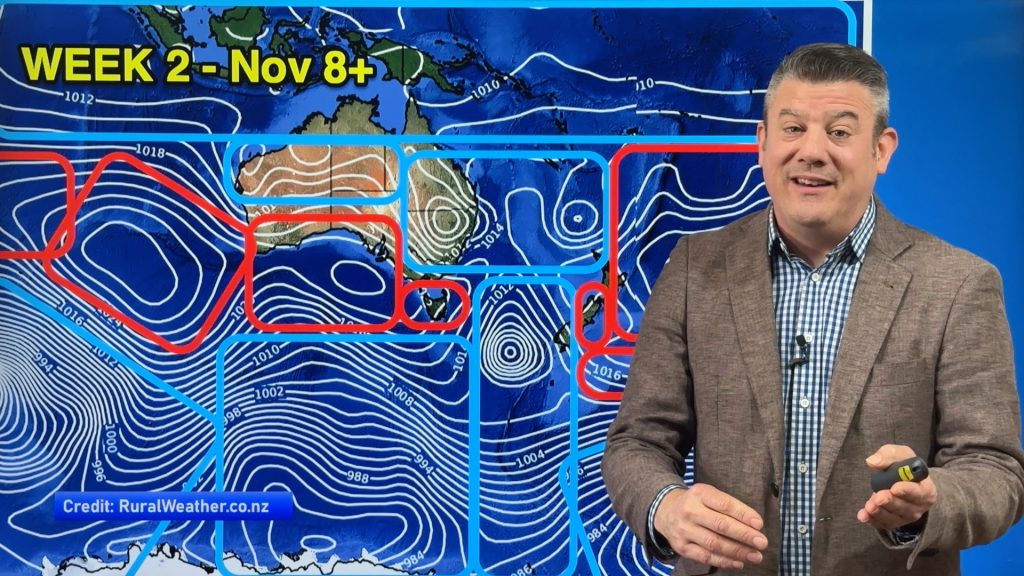
> From the WeatherWatch archives
A May which has produced floods, destructive storms and a lethal tornado is heading to be the hottest on record, with average temperatures more than 2.5C above normal.
Auckland climate scientist Jim Salinger said New Zealand would need to have temperatures at 2C below average for the next five days in order for this month to be below the hottest recorded.
“I’ve looked at the Niwa database for the seven stations that are used and for New Zealand as a whole, it’s 2.6C above average. I mean, that’s huge,” Dr Salinger said.
The hottest May, in 2007, had a mean temperature of 12.4C. So far this month, New Zealand has averaged 13.3C, conditions normally experienced in April. Nelson has been the warmest, with temperatures 3.5C above average. Auckland has been 1.8C above normal. This year, Auckland and Nelson had their hottest February in nearly 50 years of record-keeping.
Dr Salinger said the abnormally balmy weather was because NZ had been experiencing an Indian Summer – a metrological term for a period of considerably above normal temperatures, accompanied by dry and hazy conditions.
Weather ambassador Bob McDavitt said the windflow over New Zealand had come from the warm sea temperatures to the north and east.
“So it’s been bringing more moist and warmer air on to New Zealand, which is why it’s been so warm,” he said.
The large “blocking high” over the country just after Anzac Day brought the warmer-than-normal temperatures, Mr McDavitt said, but it also brought destruction.
“When that high arrived, it squashed the isobars together, which caused all the wind-damage. And it focused the surface winds around Hawkes Bay so that the rain focused into a small zone, so it caused flooding.”
Mr McDavitt said a rain front should move across the North Island today and early tomorrow which was likely to bring up to 120mm of rain to the Tararua Range and 180mm to Mt Taranaki.
– Homepage image / Debbie Zillwood
– NZHerald.co.nz
Comments
Before you add a new comment, take note this story was published on 25 May 2011.





Add new comment